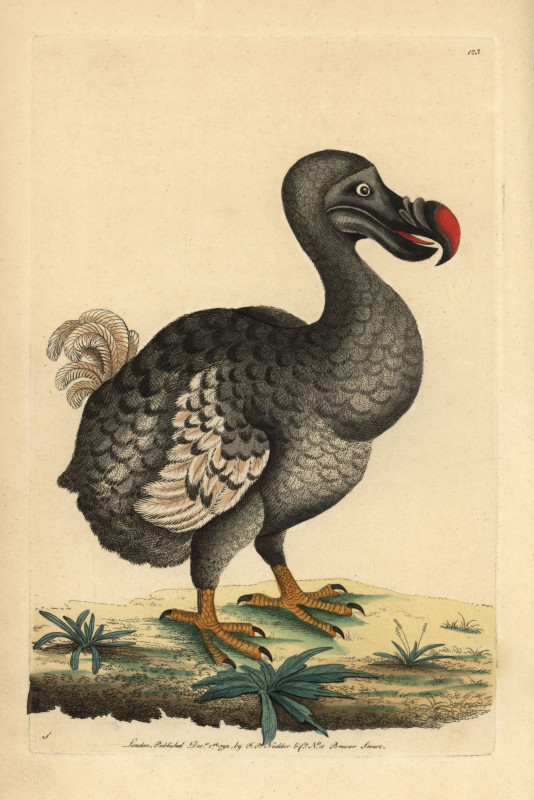Reviving Extinct Species: Colossal’s De-Extinction Efforts
The Dire Wolf’s Return
Colossal Biosciences has made headlines by claiming the revival of the dire wolf, a species that roamed the Earth over 10,000 years ago. This groundbreaking achievement raises the question: could other extinct species, such as the woolly mammoth or the dodo bird, be next in line for resurrection?
Techniques Utilized in De-Extinction
The success of Colossal’s dire wolf project hinges on their cutting-edge genetic techniques. The company has reconstructed the complete genome of the dire wolf using ancient DNA harvested from fossils, estimating ages between 11,500 and 72,000 years. As stated by CNN, this innovative approach highlights upon the potential of using CRISPR technology to reverse extinction.
A Broader Vision
Colossal Biosciences has its sights set on more than just the dire wolf. The company announced plans to resurrect other species, including the woolly mammoth, the dodo bird, and the Tasmanian tiger. Since its inception in 2021, Colossal has been at the forefront of genetic de-extinction efforts, demonstrating its commitment to biodiversity restoration.
As detailed on their website, the woolly mammoth project aims to create a cold-resistant elephant embodying the woolly mammoth’s distinctive traits, enabling it to thrive in its historical habitat.
The Dodo Bird Revival Efforts
In addition to the mammoth, Colossal is investigating the resurrection of the dodo bird. Research highlighted by The Washington Post indicates that scientists have managed to decode the dodo’s genome. The objective is to edit this genetic information into the cells of the dodo’s closest living relative, the Nicobar pigeon. This method could lead to the creation of adult birds capable of producing dodo eggs and sperm, thus paving the way for the species’ return.
The Challenges of Bringing Back Dinosaurs
While the dire wolf and dodo bird revive hopes, the resurrection of dinosaurs remains exceedingly unlikely. As outlined by The Natural History Museum, obtaining viable dinosaur DNA poses a significant challenge, as the fossils are millions of years old and generally lack preserved soft tissue necessary for DNA extraction. Despite this, scientists continue to explore the potential of finding viable specimens, underscoring the ongoing intrigue surrounding ancient species.
Looking Ahead
Colossal Biosciences has successfully bred two dire wolf puppies, named Romulus and Remus, utilizing genetic information derived from ancient remains. This monumental advancement represents not just a win for the company but a significant step forward for science as a whole.
As Colossal stated, “This moment marks not only a milestone for us as a company, but also a leap forward for science, conservation, and humanity,” reinforcing their mission to restore biodiversity and improve ecological health.
